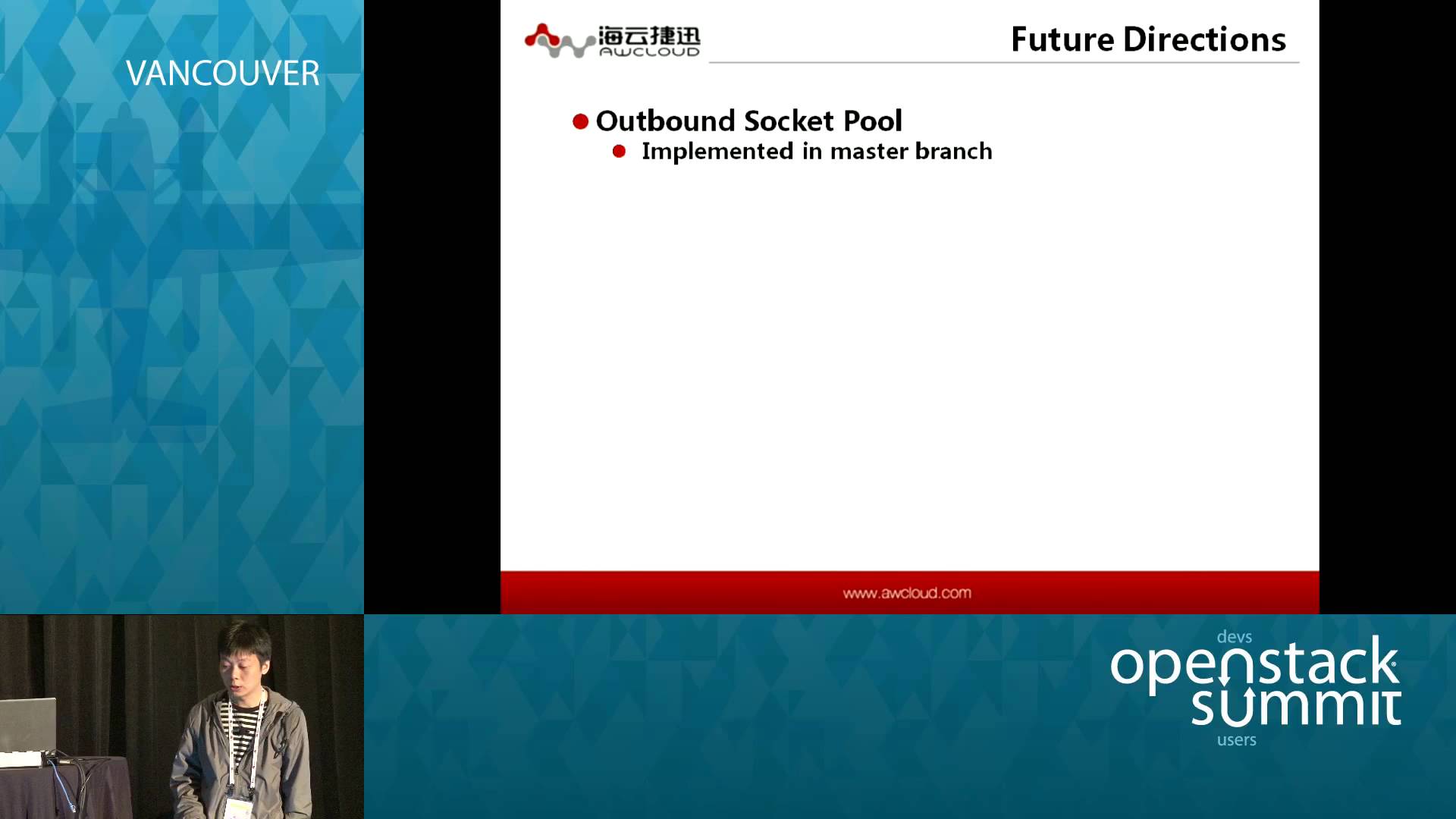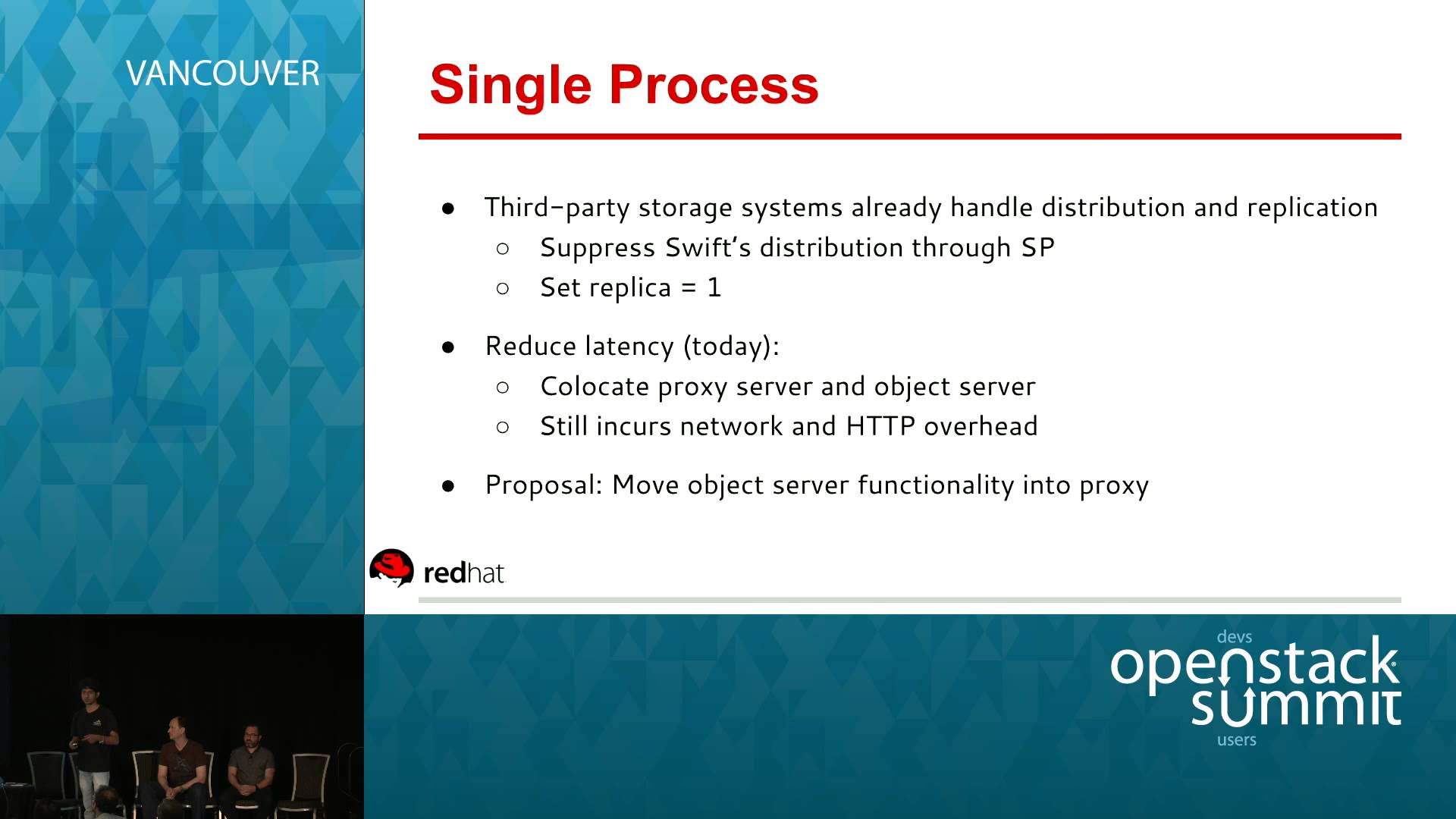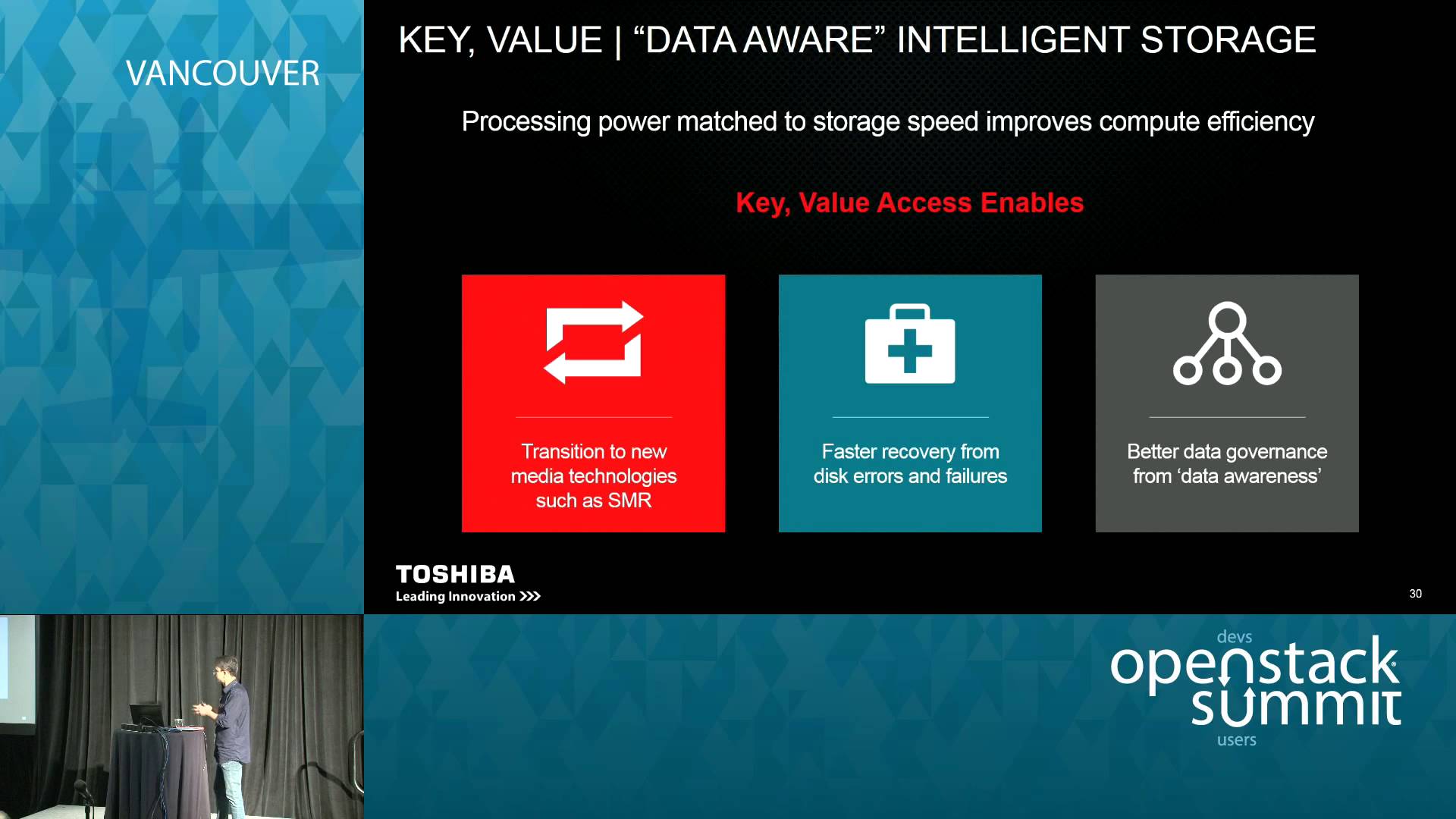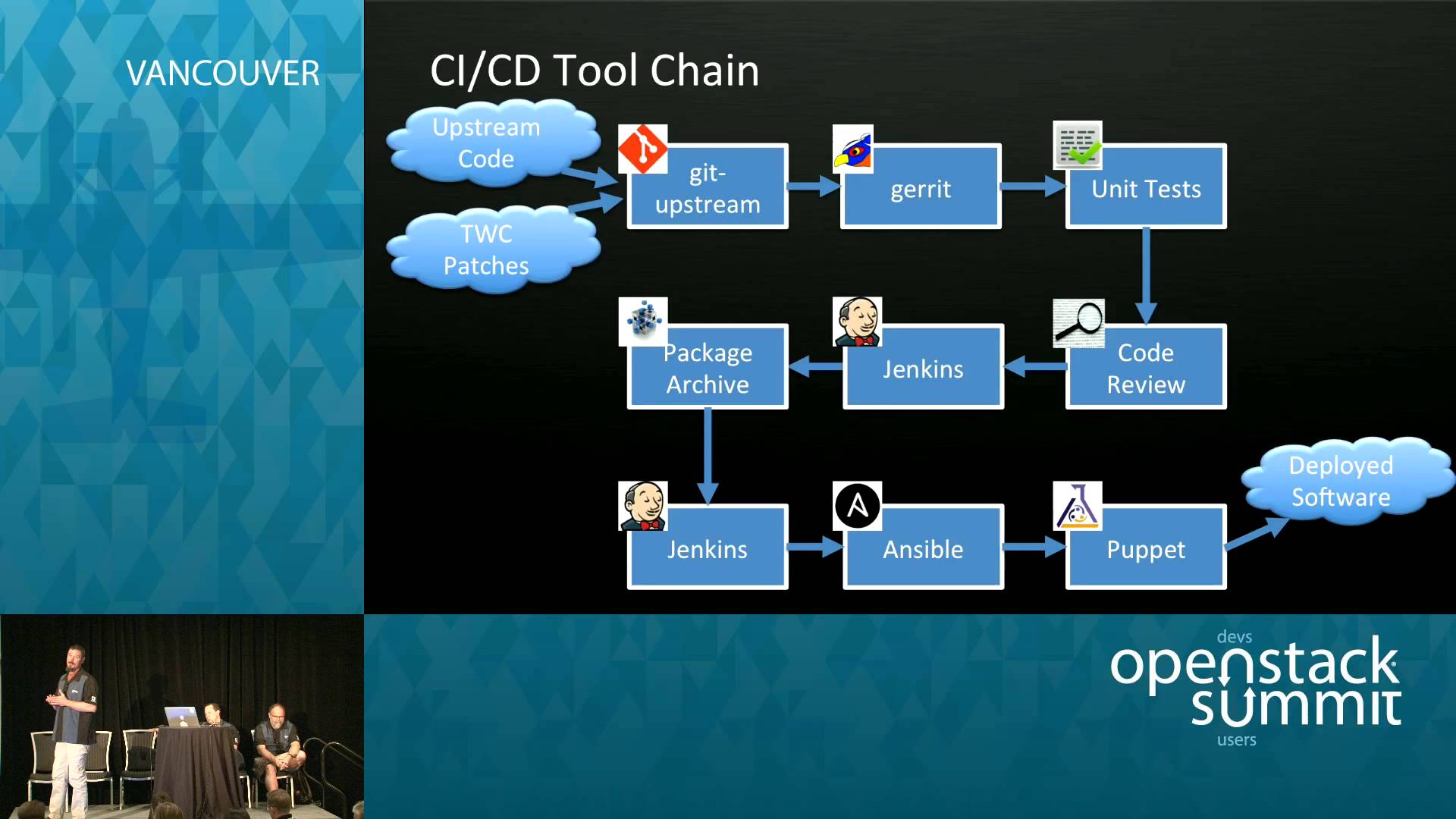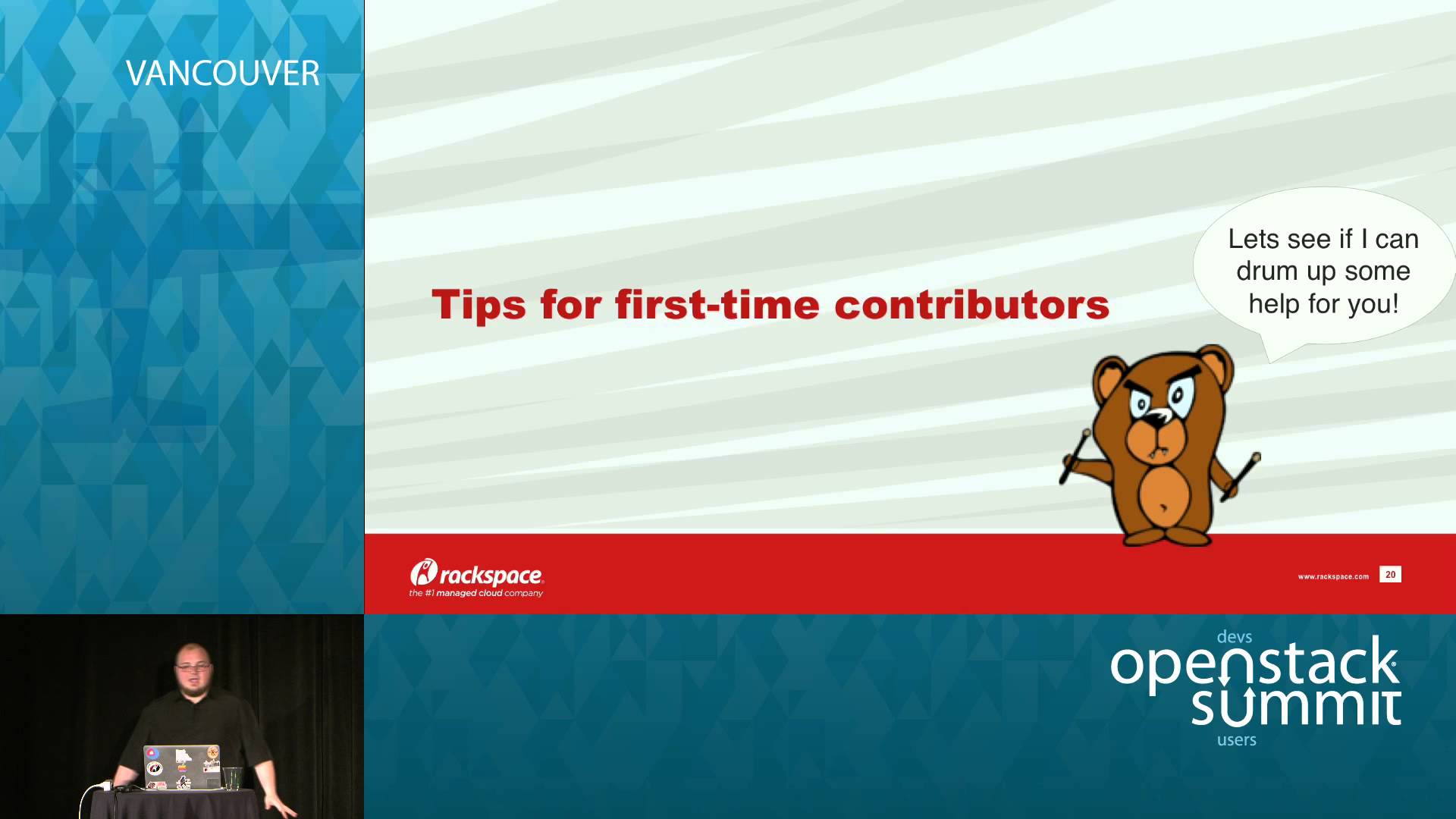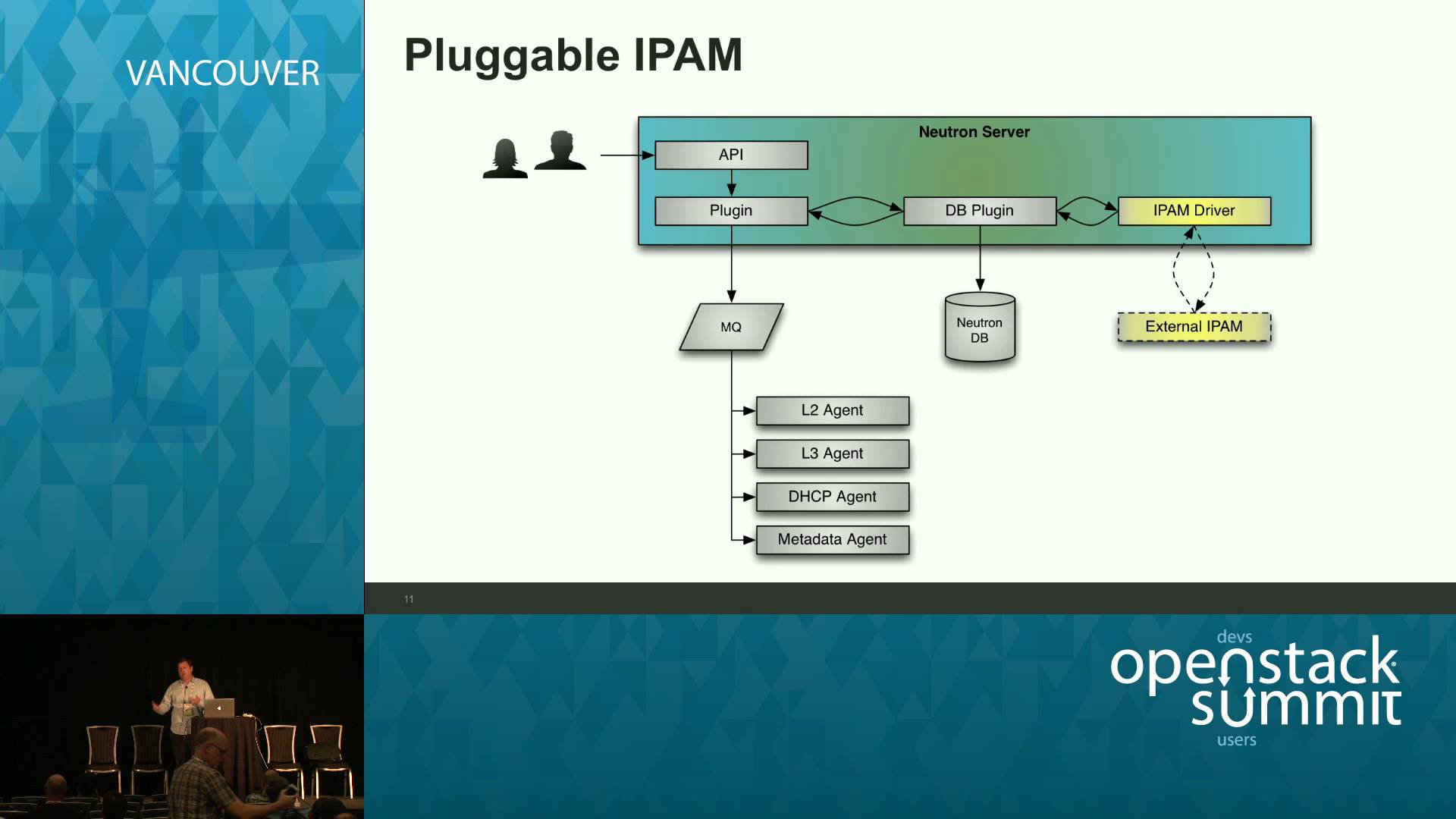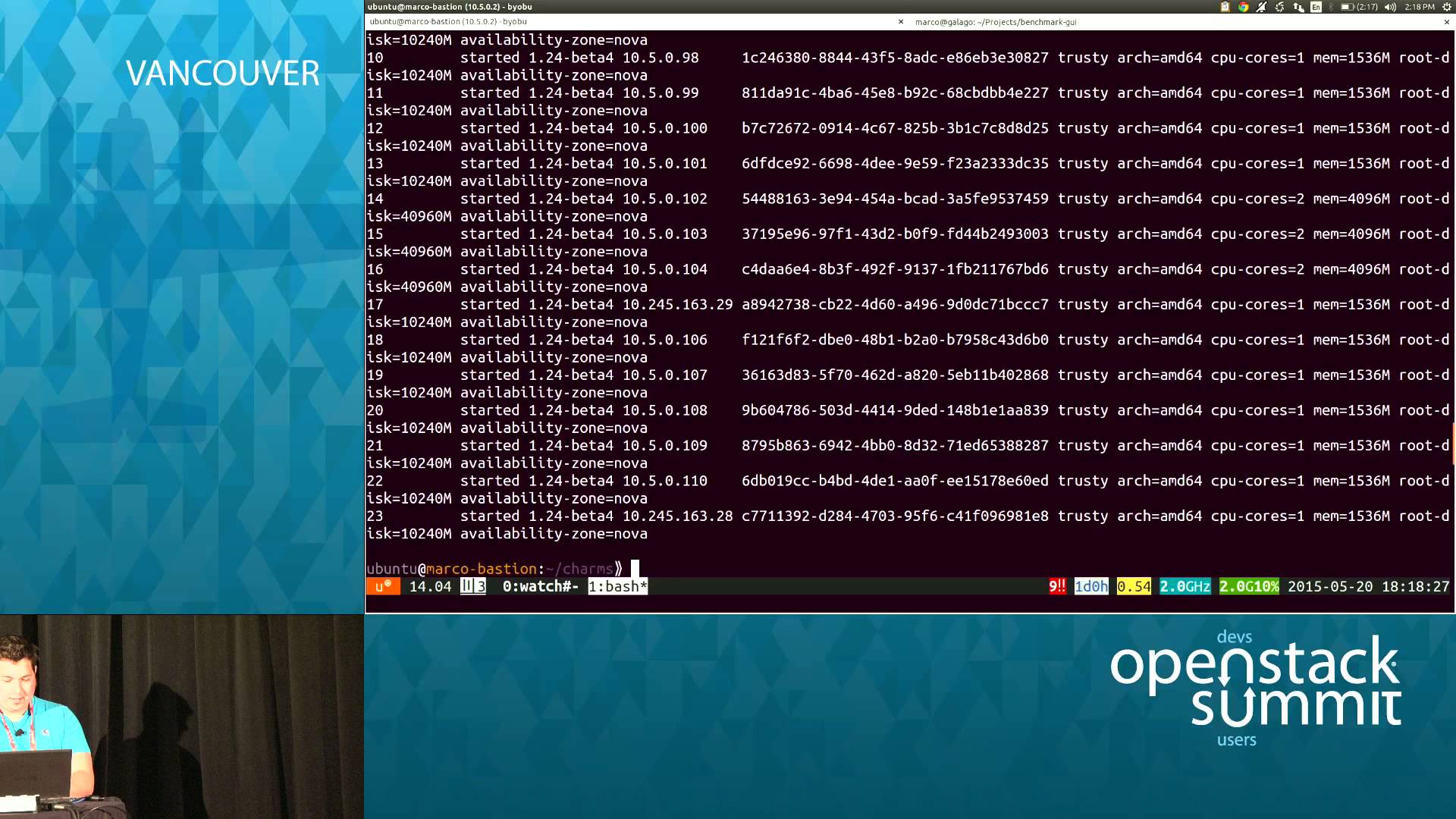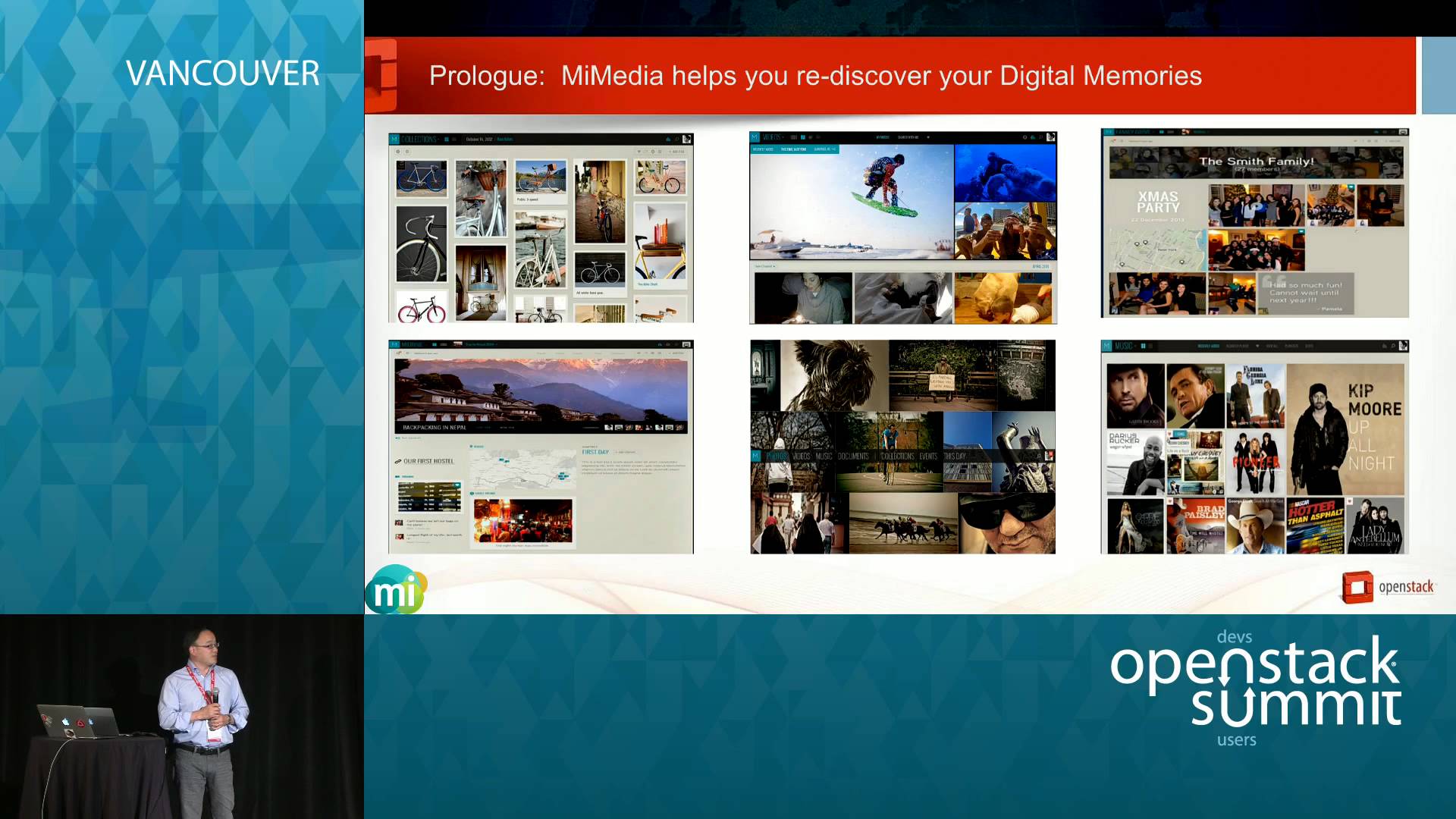Currently, OpenStack heavily relies on central broker for message distribution, like RabbitMQ. Theoretically it cannot scale-out very well due to restrictions of central messaging cluster. As a result, nova-cell has been proposed to improve its scalability, but other projects cannot benefit from this feature and moreover, this nova-only feature is still not production-ready. According to… Continue reading Distributed Messaging System for OpenStack at Scale
Tag: openstack summit 2015
Extending OpenStack Swift to Support Third Party Storage Systems
Since its inception, OpenStack Swift stores data using its own distributed storage implementation. A new feature, called storage policies, was added in Juno and enables other storage systems to extend Swift, but only through the object server. In this talk, we highlight current development which will enable third party storage systems to extend OpenStack Swift… Continue reading Extending OpenStack Swift to Support Third Party Storage Systems
OpenStack: Beyond LBA’s* (Logical Block Addresses)
CHS (Cylinder/Head/Sector) is so 50’s, LBA (Logical Block Addresses) is so 90’s. What’s next? It’s time to rethink how we access storage NOW! The new interface to the storage media should support all application access methods whether its File, Block or Object. As storage industry evolves beyond storage management towards data management it is important… Continue reading OpenStack: Beyond LBA’s* (Logical Block Addresses)
Growing OpenStack at Time Warner Cable
In early 2014, Time Warner Cable began an initiative to transform internal IT operations using OpenStack. Over the next 6 months we grew a team and deployed OpenStack in two data centers and offered it to our customers with self-service features like geo-redundant object storage and global identity. Come listen to us talk as we… Continue reading Growing OpenStack at Time Warner Cable
Don’t just Consume; Participate: Operations and the Community
Many operators of Open Source software, including OpenStack, believe they’re simply consumers of upstream development. I think there’s a better way. In my presentation, I’ll show how the unique perspective of operators can help in the design and development process and make for a more well rounded community. We’ll talk about strategies to help operators… Continue reading Don’t just Consume; Participate: Operations and the Community
Subnet Pools and Pluggable External IP Management in OpenStack Kilo
In Juno and before, the End User needed to know the specific subnet CIDR at the time of allocation. This made it difficult to automate the allocation of subnets – especially for external or other routable subnets. In OpenStack’s Kilo, Neutron adds Subnet Pools, allowing the Operator to define a network space from which tenants… Continue reading Subnet Pools and Pluggable External IP Management in OpenStack Kilo
Repeatable benchmarking of OpenStack architectures
As you plan for and execute your OpenStack installation it’s important to make sure you pick components that meet your needs for your workloads. In this session we’ll go over how to benchmark components in any permetation of OpenStack install in order to best select which component works for your hardware with your planned workloads.… Continue reading Repeatable benchmarking of OpenStack architectures
Fully Managed OpenStack: The Fastest Path to Production, and the Easiest Way to Evaluate SDNs
Canonical’s “BootStack” offering has set the pace for fully managed OpenStack – we will build and manage an OpenStack on your premises for a low, fixed cost per server. Along the way we have learned a few things about hardware selection, management, openstack operations, and how to evaluate SDN and storage options quickly. We’re here… Continue reading Fully Managed OpenStack: The Fastest Path to Production, and the Easiest Way to Evaluate SDNs
